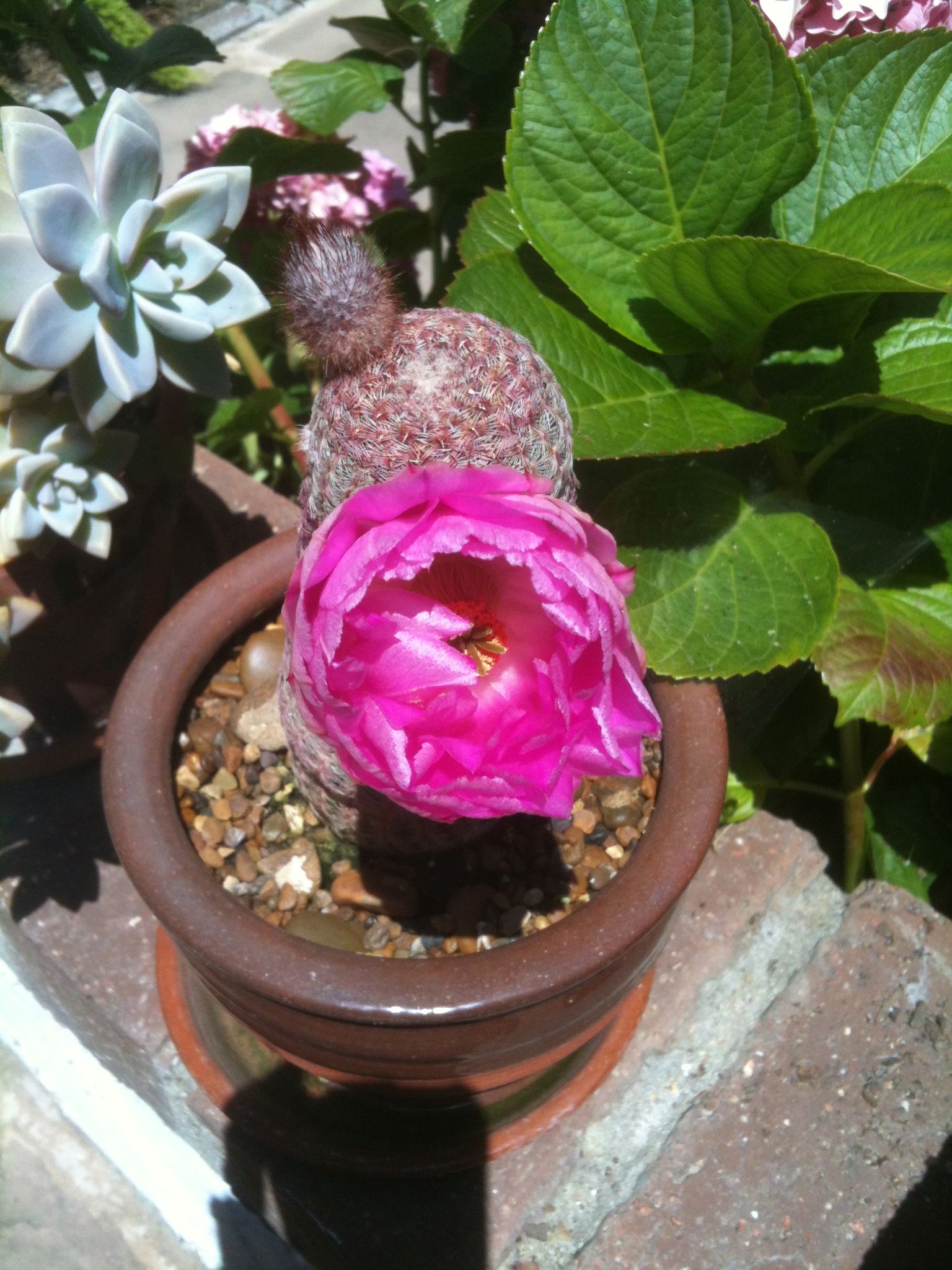Distributed Network Data by Alasdair Allan and Kipp Bradford (O’Reilly Media)
When I pick up a cookbook to try a new recipe, I want to know that the recipe has been tested and works. If the recipe doesn’t work out, the cookbook gets tossed on a bottom shelf to gather dust. I hold my technical books to a similar standard.
If you want to create a network of multi-sensor Arduino modules that share information, this book delivers. The authors’ extensive “hands on” experience produces a practical recipe for success. Beginners through intermediate users will appreciate the clarity of steps building from parts to a working network of sensor modules.
The authors break down this task into three major chunks:
Building a multiple sensor Arduino module: The book’s first six chapters walk a reader through setting up multiple sensors (temperature/humidity, motion, sound) with an Arduino. Chapter by chapter, the reader learns about hardware, adding a sensor to work with an Arduino, how to add multiple sensors, wiring up a breadboard, using Fritzing, and soldering a prototype multi-sensor module.
Creating a network of sensor modules: In this part, the authors dive into the details of using XBee wireless modules. In one chapter, they cut the USB cord and show how the XBee can be used for wireless communication. Once the user masters a single XBee/Arduino sensor module, the books shows how two modules can be used for point to point wireless communication. Gradually, the authors give you instruction on how to create a “many to point” or star network to allow call and response by the modules. Although there is not a specific tutorial on creating a mesh network, the authors build your skill level and confidence, and you should be able to tackle the projects in their suggested book.
Visualizing and using information from the sensor modules: Visualizing data is a broad topic; consider this book as a starting point. Lego Mindstorm enthusiasts (as well as those looking to create an information dashboard) will appreciate the chapter on LabView. A suggestion for future revisions would be to add more detail or resources on how Python can be used for data visualization using SciPy and NumPy.
Overall, the authors deliver a technically solid book. A reader can build confidence as they successfully navigate from chapter to chapter – concept to working system. If I can find the time, I may place some sensor modules in multiple places in my own garden to track temperature and humidity and perhaps use the sound input to provide an alert when the bunnies are eating my vegetables!
Back to top